How Does RMA Tracking Work?
3 ways you might start movement of an item to RMA
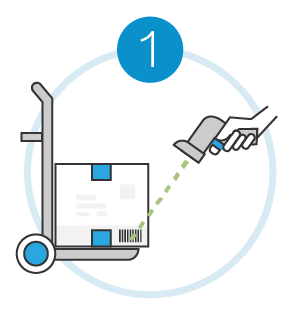
PO When Receiving
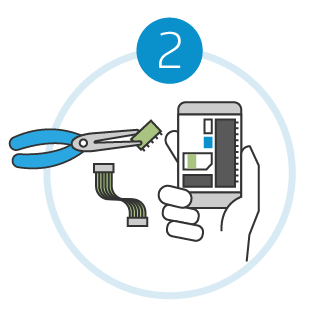
When Pulling a Part for Repair
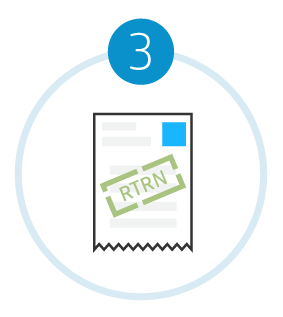
Returned Ticket
With RMA Tracking, you can quickly view any defective items in your inventory and create shipments to send back to your suppliers. Each shipment allows you to track RMAs in batches of items assigned to your supplier instead of tediously tracking each item individually. When your suppliers reply, you can update your items individually or in batches to account for the credit issued by the supplier, receive replacement items, or account for rejected and damaged items. Along with the RMA Tracking feature, we added a few new reports which allow you to better track RMA Credits and RMA Rejects.
Tracking RMA in the New Module
RMA pending list
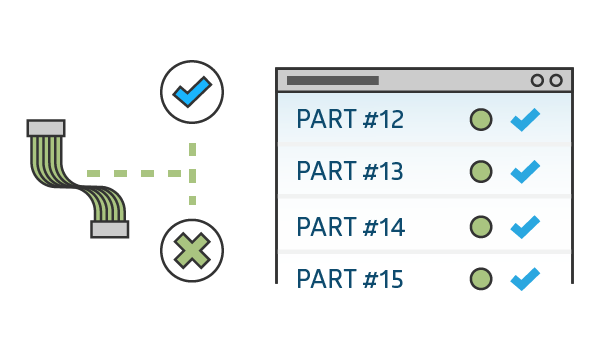
All bad parts are paired with their supplier, based on FIFO,
and are tracked in a RMA list.
Batching
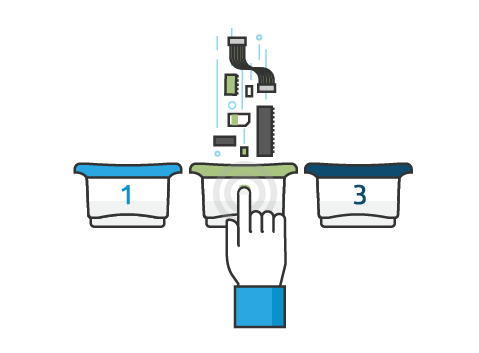
Each week a manager can group supplier RMA parts
into batches.
Track batches after sending
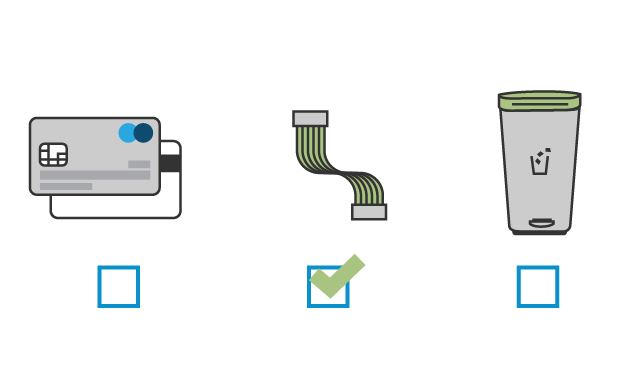
Then reconcile when received or reconciling a credit.
You can acknowledge if: Credit was received, if a replacement was received back into inventory or, if rejected, then set appropriately.
Inventory usage
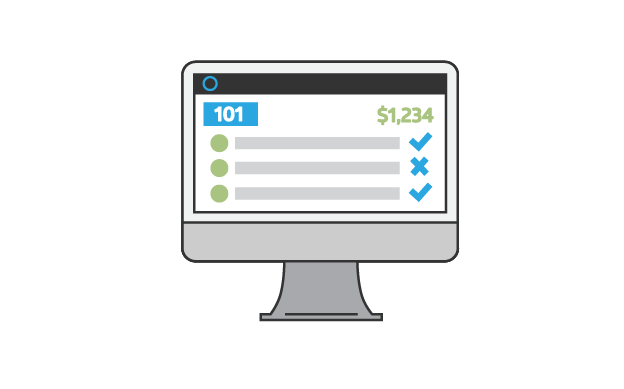
New reporting created to quickly view
Inventory reported here to reflect RMA inventory
Reflected as a credit or as rejected (aka damaged)
The benefits of batching defective part returns.
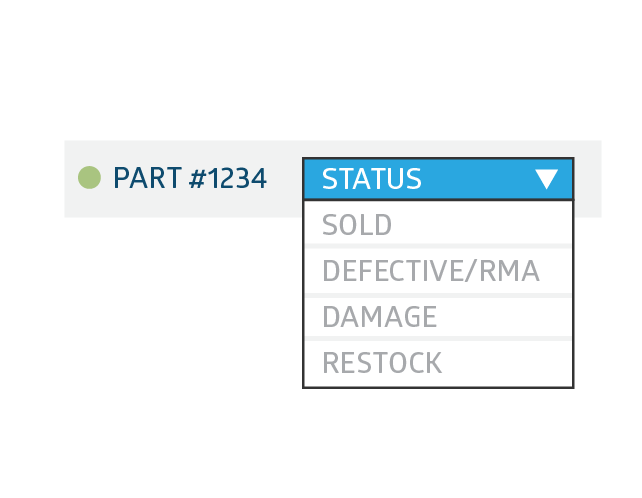
New reporting created to quickly view
Inventory reported here to reflect RMA inventory
Reflected as a credit or as rejected (aka damaged)
RMA Tracking
Upgrade to Enterprise today to start using one of the most beneficial features RepairQ has to offer!


 Our website uses cookies as further described in our
Our website uses cookies as further described in our